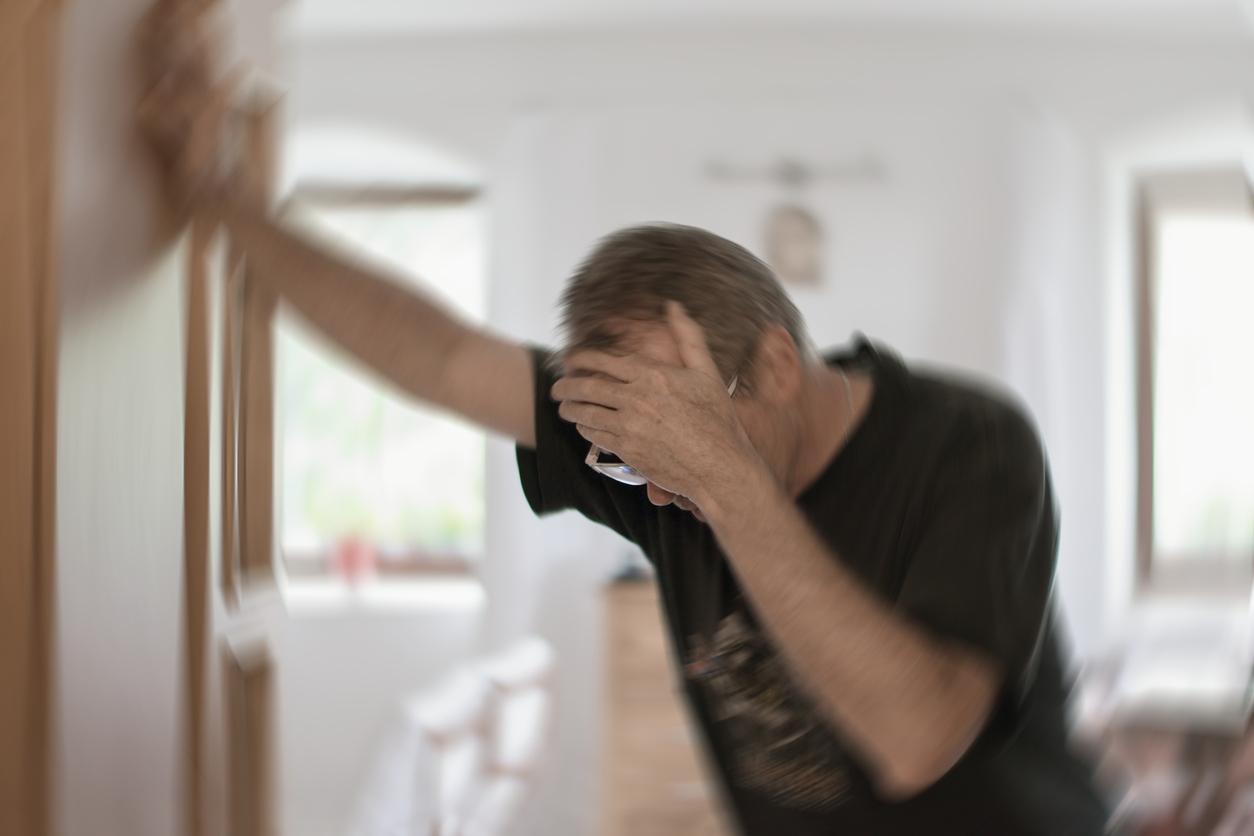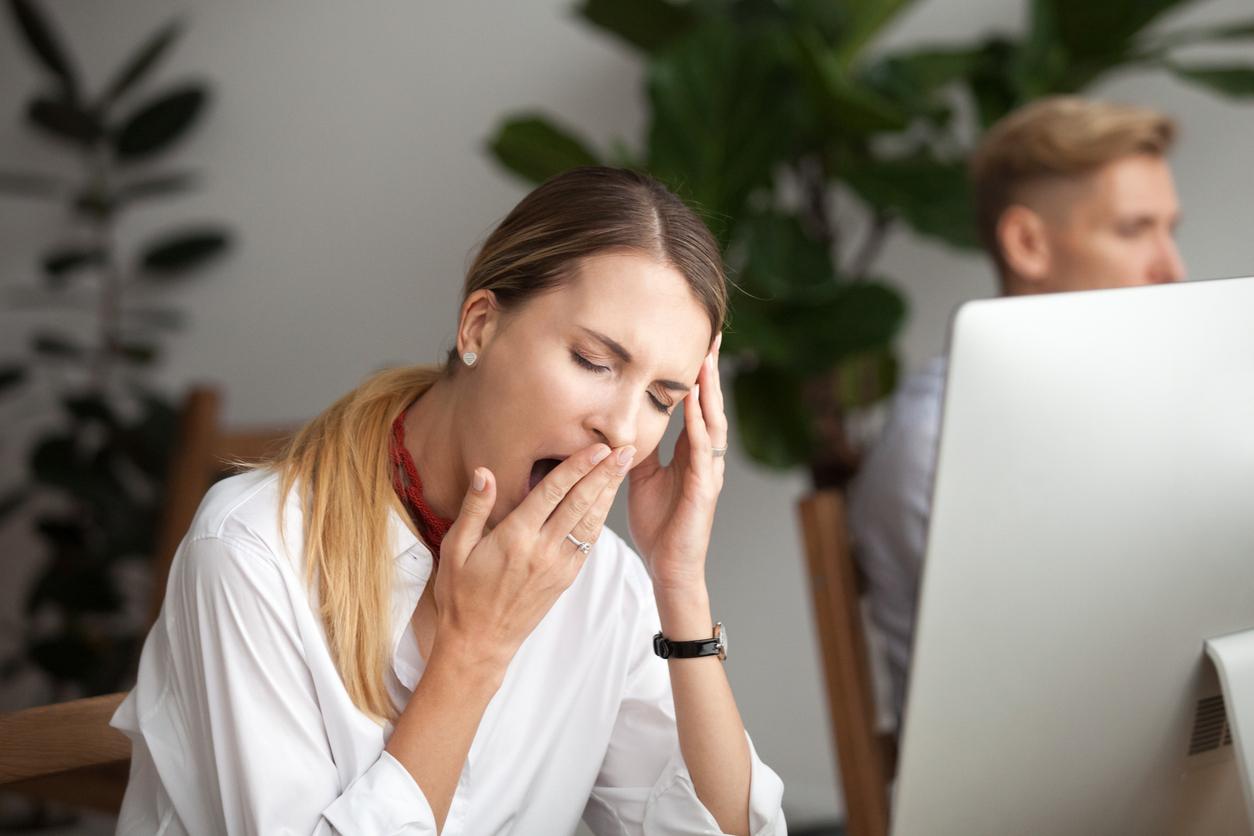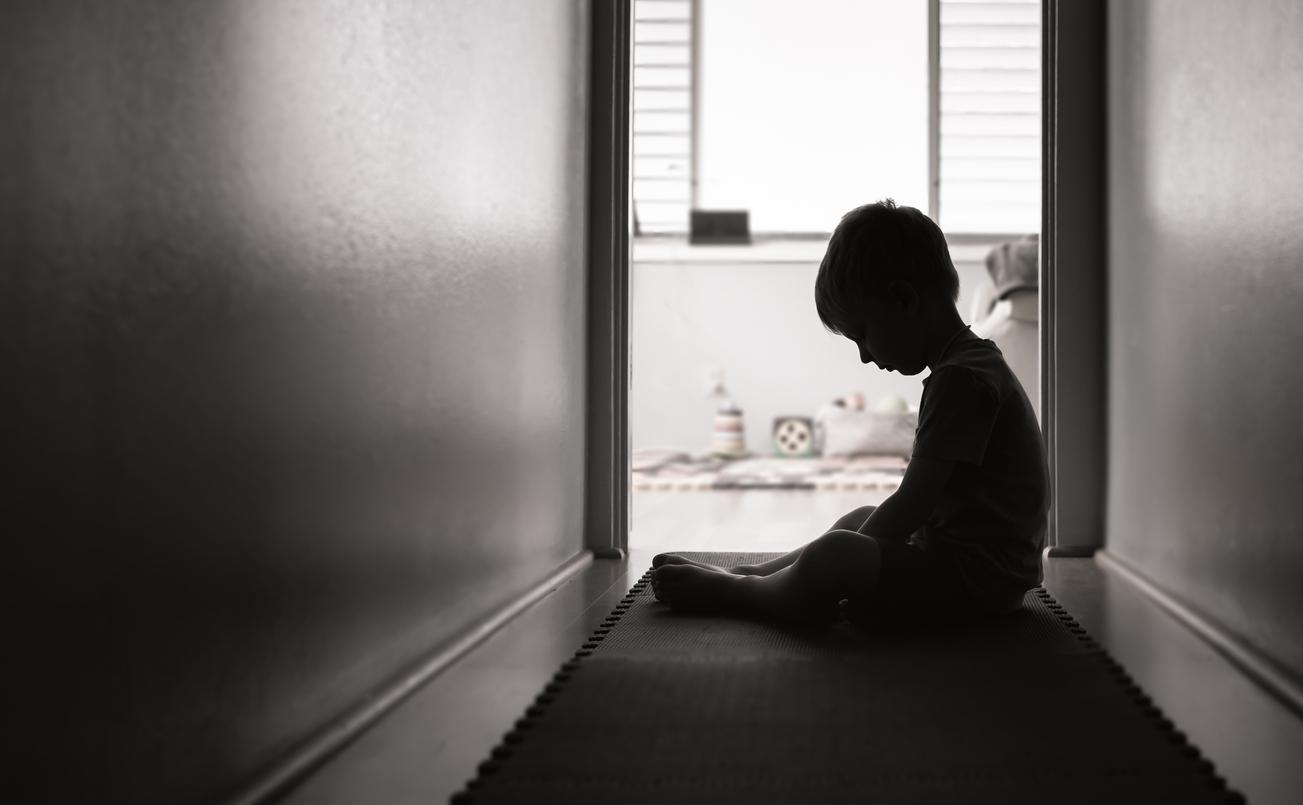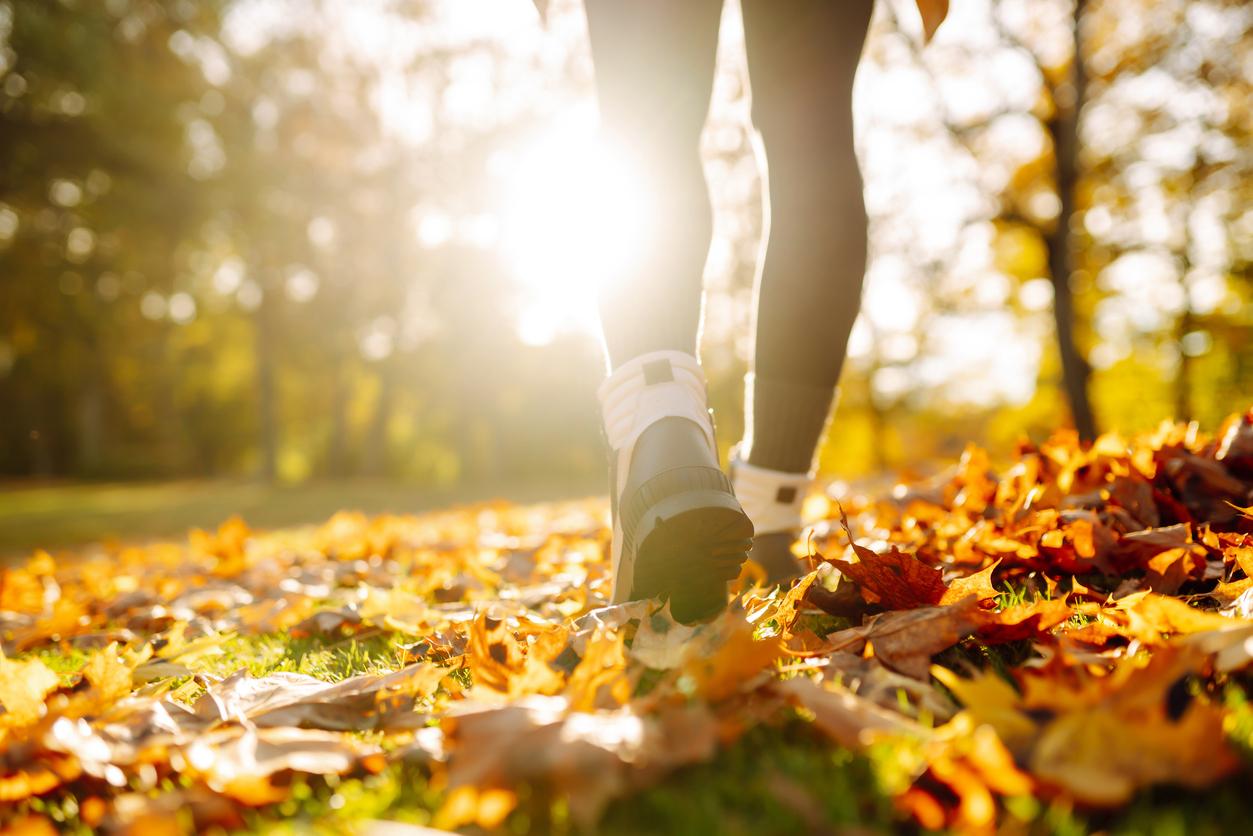A study of 300 curists shows an improvement at the end of the treatment in the reduction of stress, the reduction, or even the cessation of tranquilizers, and in the quality of life of fibromyalgia sufferers.
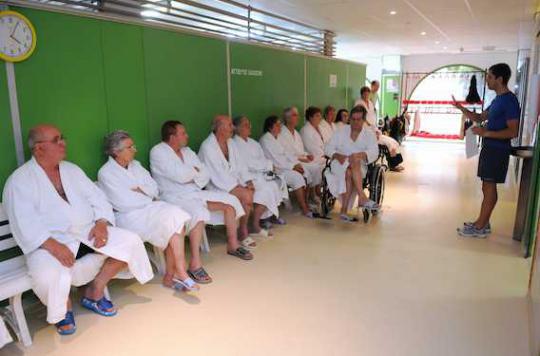
Four years after its creation, the Thermal School of Stress, a complementary unit to the spa of Saujon (Charente-Maritime), specializing in anxiety disorders, has just published the first results of its study on the benefits of thermal cures (1 ). And the least we can say is that they are encouraging. What relaunch the often lively debate between supporters and opponents to the reimbursement of this support by Social Security (0.15% of health insurance expenses).
On the training sessions entitled “Stop or reduce tranquilizers”, 94 people evaluated, composed of 77% women, half aged 40 to 60 years, saw their consumption of tranquilizers (benzodiazepines) decrease by 31.3% in end of treatment (3 weeks) and 54% at 3 months. These results, evaluated in mg of valium equivalent, translate into a significant drop, says the team. It is in fact of the order of 5.57 mg at the end of the treatment and of 8.92 mg between the start and 3 months after the end of the treatment.
Improved quality of life for fibromyalgia sufferers
In addition, the results are also at the rendezvous on the training sessions entitled “Better living fibromylagie”. 98 people evaluated, 94% women, 63% aged 40 to 60, completed self-questionnaires. The “Quality of Life in Women with Fibromylagia (QIF) revealed a favorable evolution at the end of the treatment and even more at 3 months, in particular on the pains, the feeling of tiredness on awakening, the stiffness, the worry, the depression. as well as the number of pain points.

Finally, on the internship sessions entitled “Taming your stress”, 112 people evaluated, composed of 80% women, for two thirds aged 30 to 60, saw their stress level drop significantly and lastingly over 3 months. . In figures, for more than half of them, the stay seemed totally or partially effective, mainly to reduce the level of anxiety (75%), reduce the intensity of pain (66.3%), improve sleep (52%) reduce the level of fatigue (50.5%). This demonstrates a significant overall improvement at the end of the treatment and maintained 3 months after the end of it, conclude the authors.
Prevent professional burnout
More recently, the Thermal School of Stress in Saujon has set up sessions to prevent professional burn-out. If the results have not yet been studied, they are nevertheless already promising, says the team coordinating this work. On this subject, Dr Olivier Dubois, psychiatrist and President of Thermes de Saujon will be heard by the members of the information mission on professional burnout created last June by the social affairs committee on Thursday, October 27, 2016 at 3 p.m. h 30. This hearing will be open to the press, and broadcast on the website of the National Assembly.
As a reminder, 550,000 people go for spa treatment each year in France. Health Insurance covers 65% of thermal treatments (1,500 euros for 18 days on average). The rest is the responsibility of the patient (500 euros on average). 12 different indications are reimbursed. In a recent survey (click on the banner below), Why actor recalled that around a hundred published studies evaluate the medical service provided by the spa treatment. The benefit remains to be demonstrated in dermatology and in recurrent ENT infections.

(1) Studies carried out by Prof. Pierre INGRAND, PU-PH and Isabelle INGRAND, Research Engineer at the UNIT OF EPIDEMIOLOGY and BIOSTATISTICS INSERM CIC 1402 University of Poitiers – UFR Medicine and Pharmacy
.








